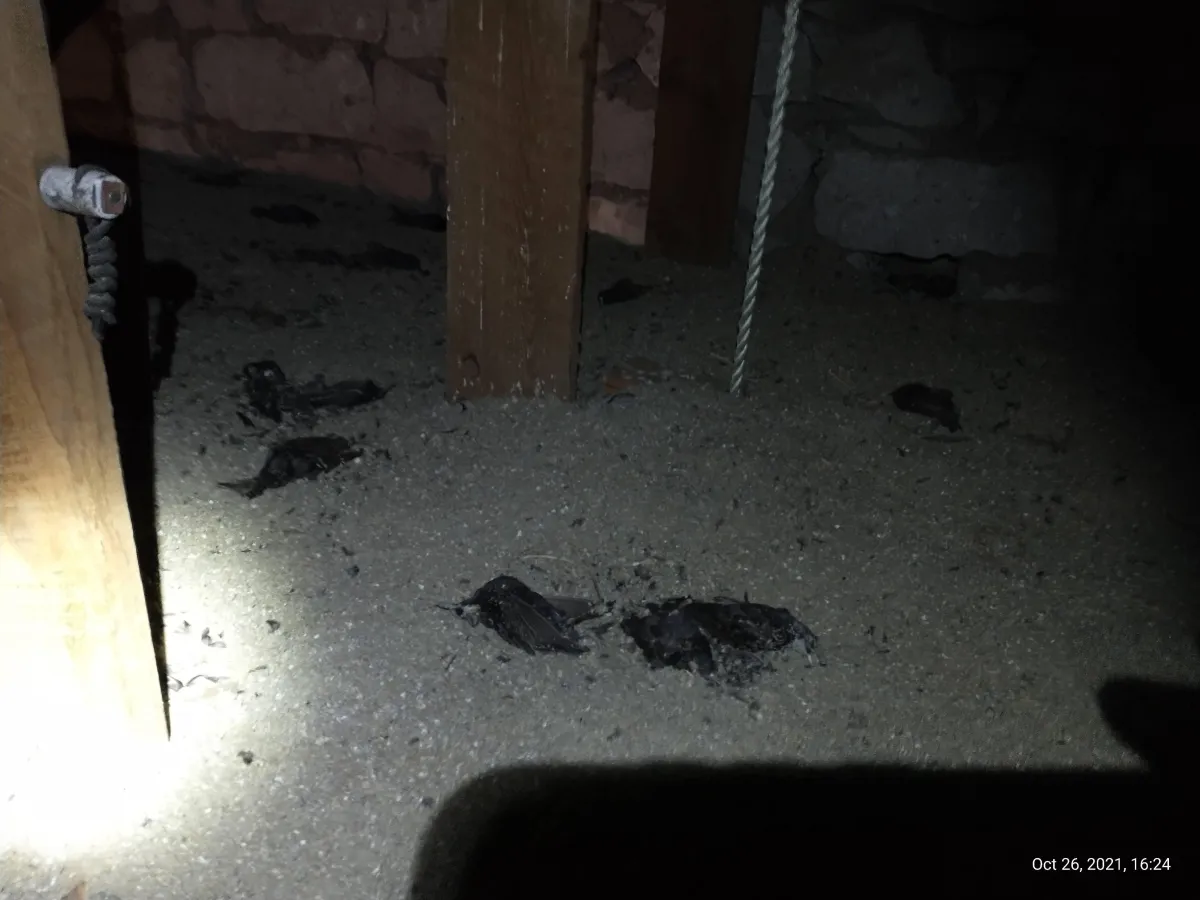Comprehensive Pest Control Services for Your Property
Dealing with pests can be daunting. Not only are they a nuisance, but different pests also come with different problems. That's why we at Pest Wise provide in-depth knowledge and solutions for every pest you might encounter. Let's delve deep into the world of these common invaders:
Ants
Identification:
Ranging from minuscule to nearly 1 cm, ants are social insects often found in organized colonies.
Problems:
They can contaminate food.
Some species, like carpenter ants, can damage the wood structures of your home.
Control Measures:
Keep food sealed.
Regularly clean crumbs and spills.
Seal entry points in walls and floors.
Use bait stations and non-toxic ant traps.
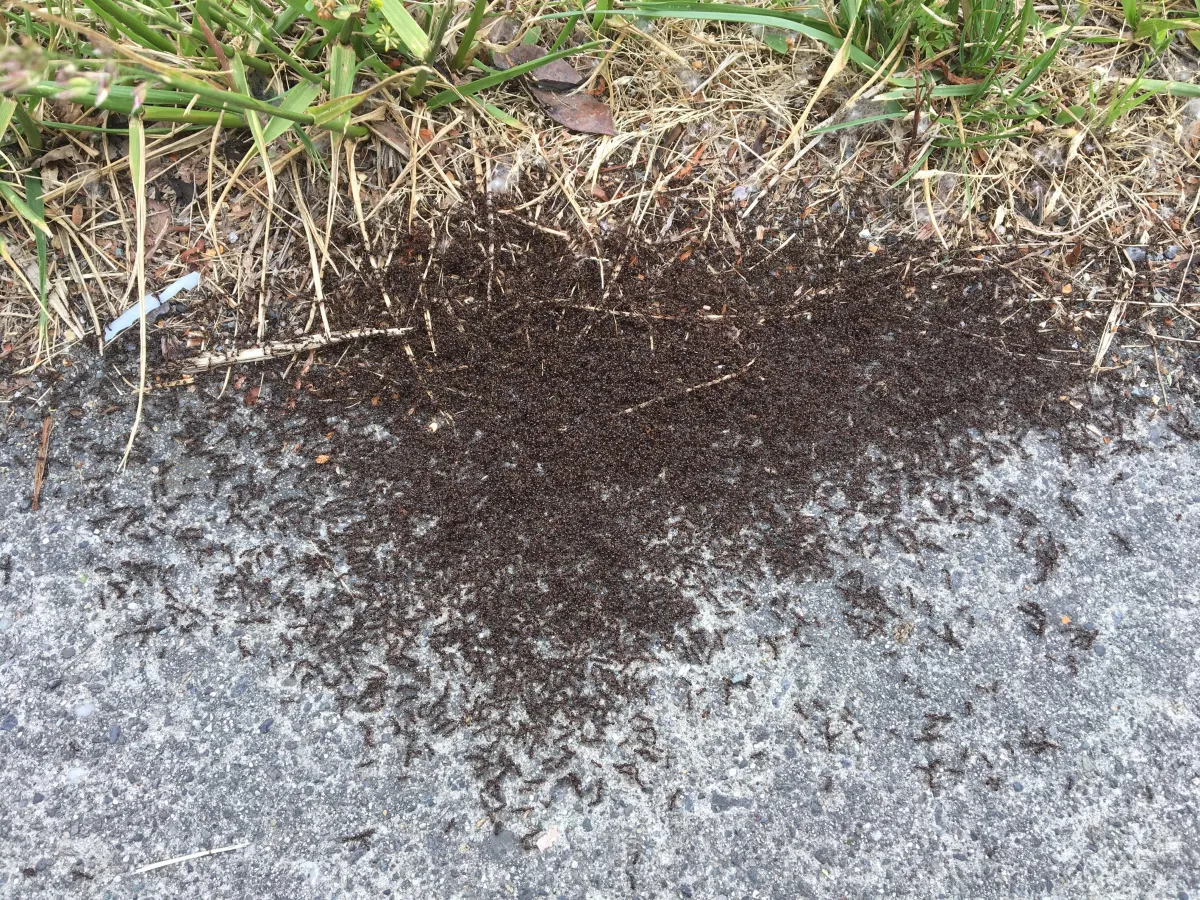
Bed Bugs
Identification:
Small, oval, brownish insects that feed on blood. They become reddish after feeding.
Problems:
They bite and cause skin rashes and allergic symptoms.
Difficult to eradicate due to rapid reproduction.
Control Measures:
Regularly inspect bedding and furniture.
Use bed bug-proof encasements for mattresses.
Professional heat treatments or pesticide applications.
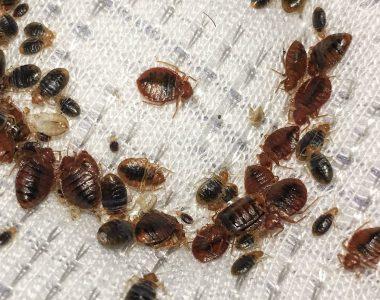
Cockroaches
Identification:
Vary in size, often have a flattened oval shape, brown to black in color.
Problems:
They spread diseases.
Can trigger asthma and allergies.
Contaminate food.
Control Measures:
Keep kitchens and bathrooms clean and dry.
Seal cracks in walls and floors.
Use gel baits and traps.
Regular professional treatments.
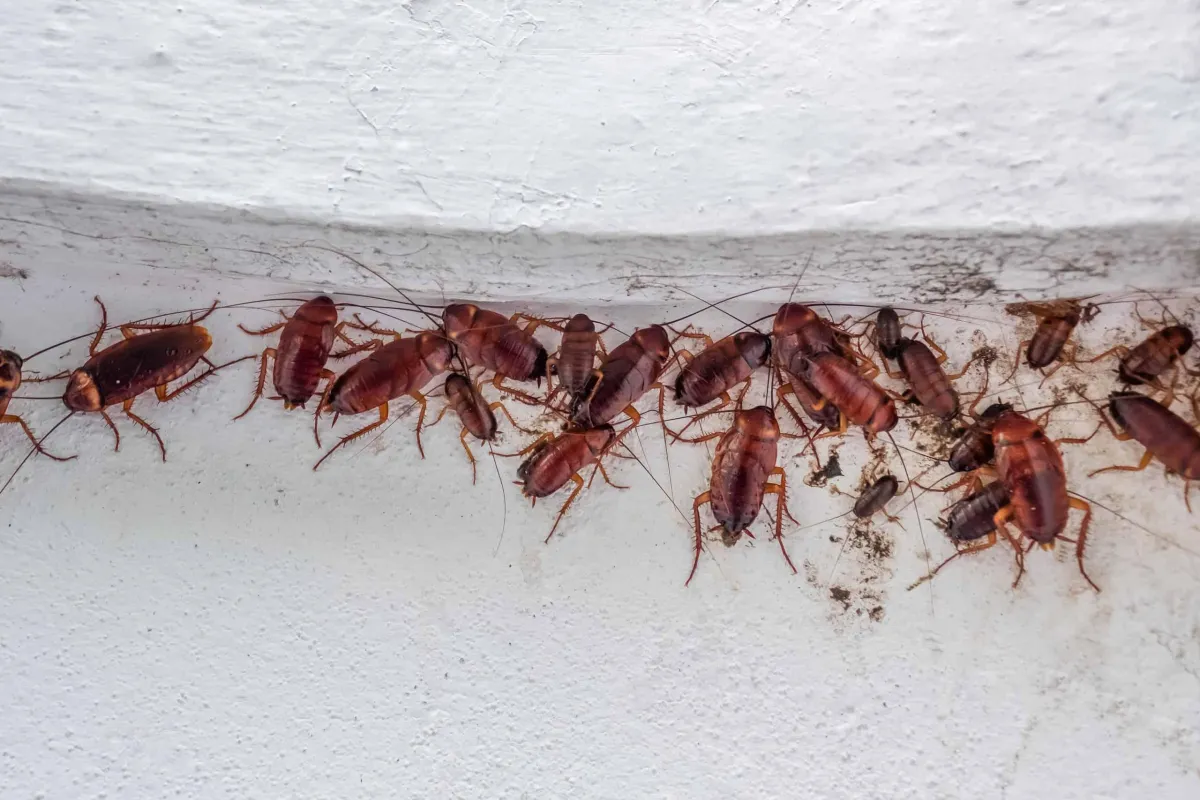
Spiders
Identification:
Spiders are eight-legged with two body parts, a cephalothorax and an abdomen.
Problems:
They bite, causing itchiness and inflammation.
Bites: Some spiders, such as black widows and brown recluses, have venom that can be harmful to humans. However, most spider bites are not serious and do not require medical attention.
Control Measures:
Pesticides to kill spiders. Pesticides should be used with caution and only done by professionals.
Making changes to your home or property to make it less attractive to spiders. This can include sealing up cracks and holes, removing clutter, and reducing the amount of vegetation around your home.
Also, prevent them from entering your home in the first place. This can be done by taking steps to eliminate food sources for spiders, such as insects and rodents.
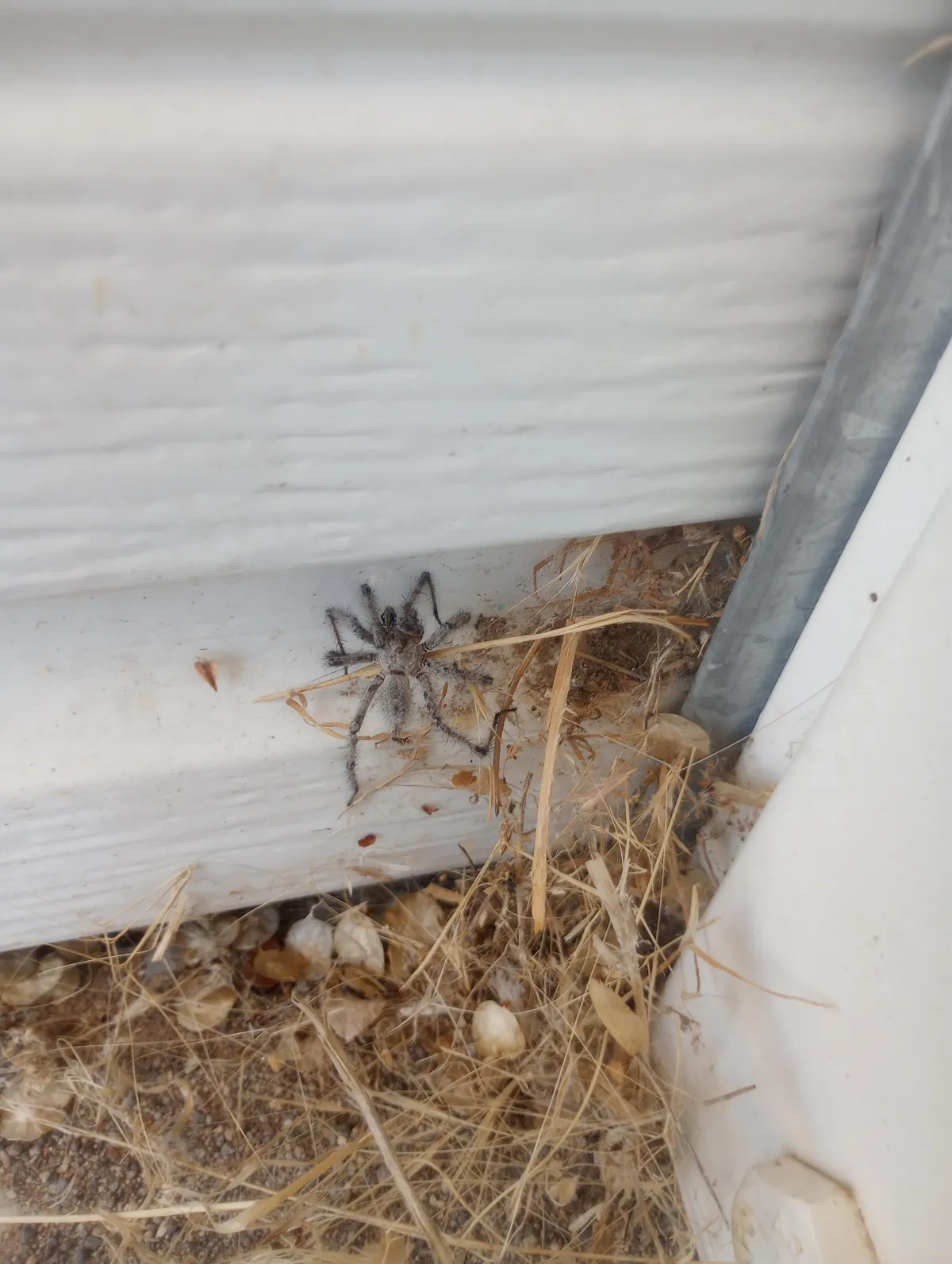
Mosquitos
Identification:
Small flying insects, long legs, and a slender body.
Problems:
Bites cause itching and irritation.
Transmit serious diseases like malaria, dengue, and Zika virus.
Control Measures:
Eliminate standing water.
Use mosquito nets and repellents.
Install screens on windows and doors.
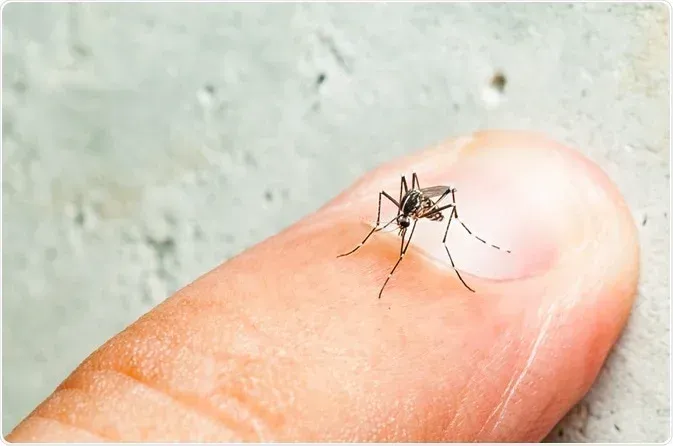
Rodents (Rats/Mice/Racoons
Identification:
Small to medium-sized mammals, often with a long tail.
Problems:
Contaminate food
Cause structural damages
Spread diseases
Control Measures:
Store food in rodent-proof containers
Seal gaps in walls, doors, and floors
Use traps and baits
Consider professional rodent control services.
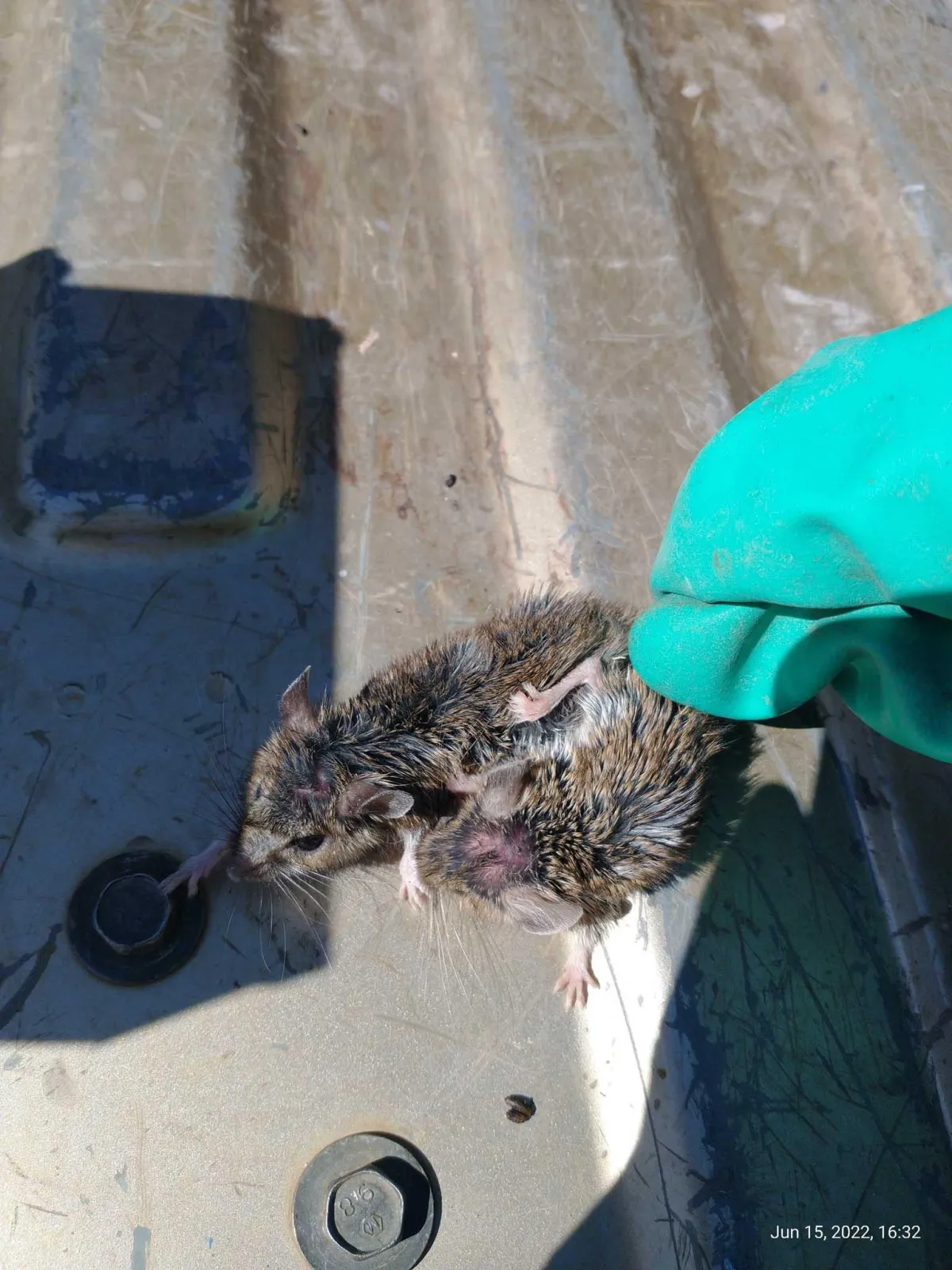
Termites
Identification:
White to brownish insects, often resembling ants, but with straight antennae.
Problems:
Cause significant structural damage
Feed on wood, paper, and cellulose.
Control Measures:
Regular inspections for mud tubes and wood damage
Keep wood and mulch away from home foundations
Use termite baits and barriers
Professional termite treatment services.
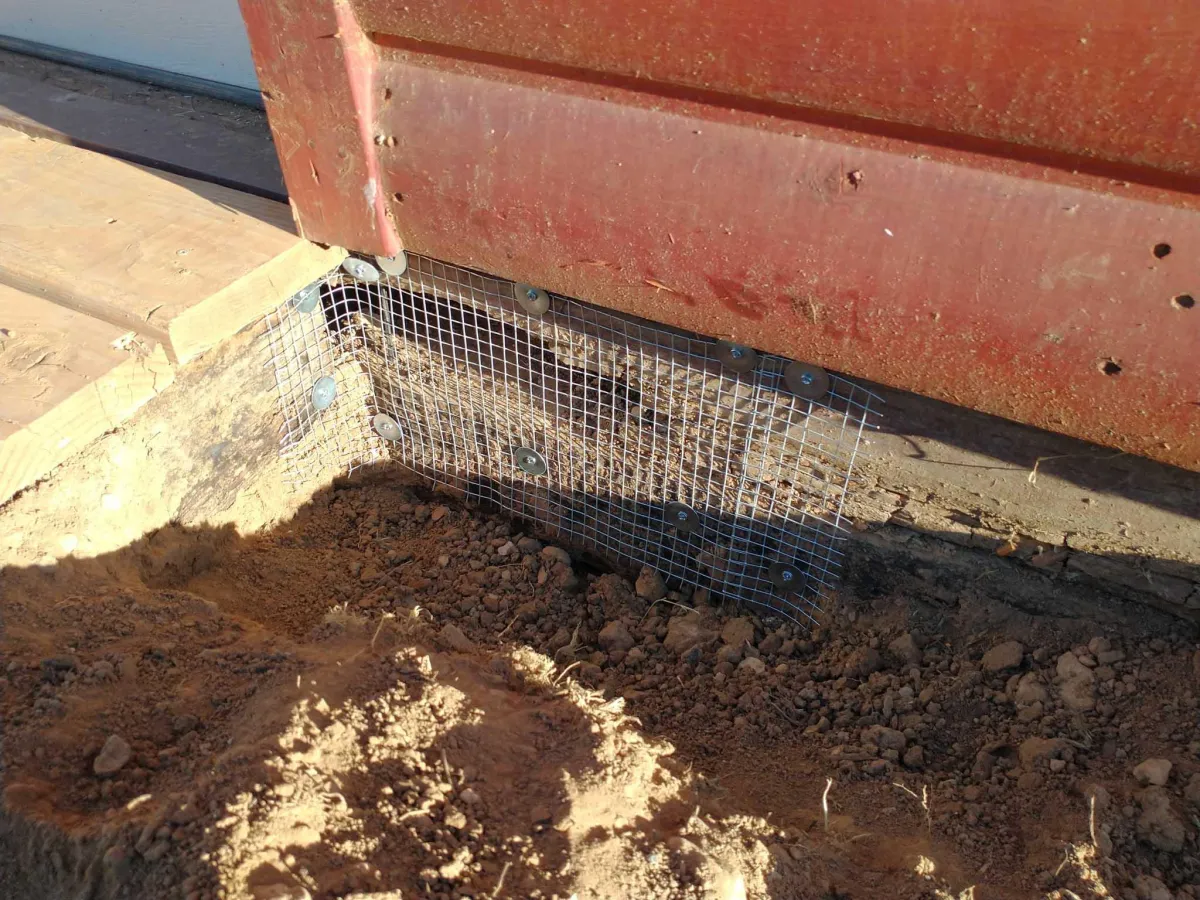
Bats
Identification: A bat's fur varies in color from tan, brown, rust, to black. They fly and are awake at night.
Problems: Bats can carry diseases, such as rabies and histoplasmosis. Bat droppings can be a health hazard and can attract other pests, such as rodents. Bat guano can also damage buildings and structures.
Control Measures: Cover Fruit Trees, if fruit bats are present in your area, placing netting over any fruit trees on your property will limit their access to food.
